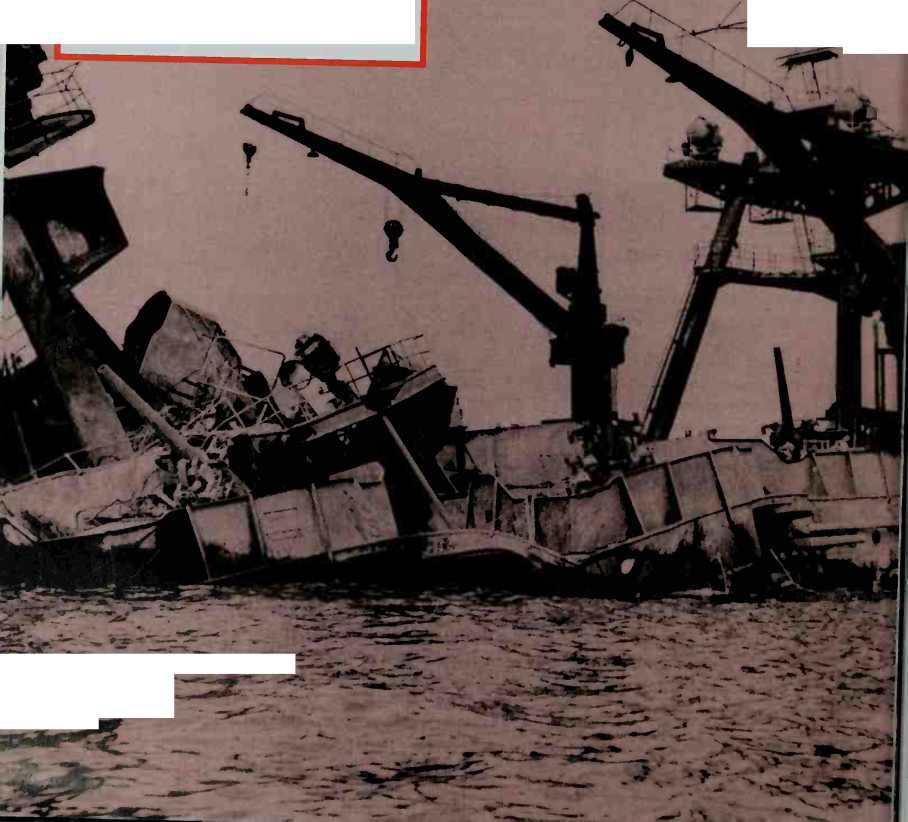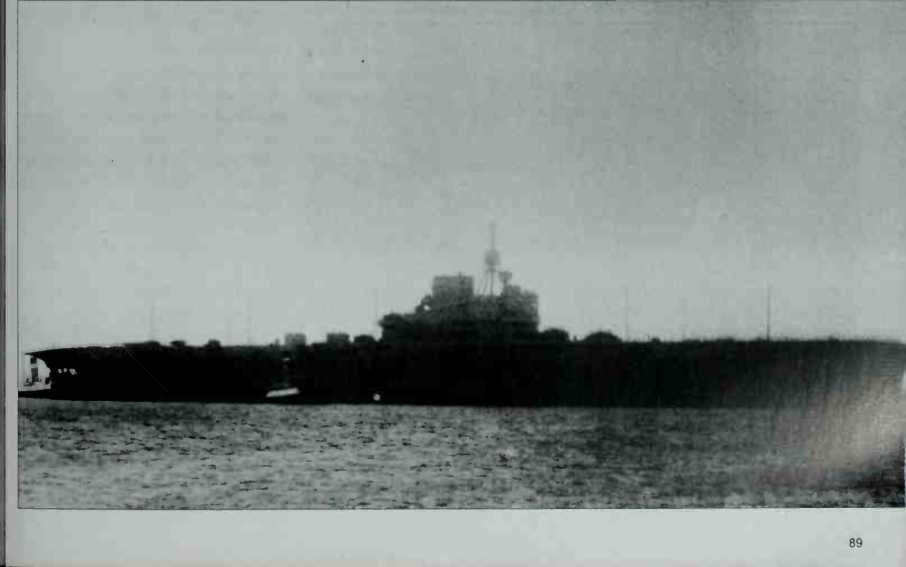

For years naval warfare had remained largely unchanged. It was a case of tactics combining with firepower to achieve the victories sought after by the seafaring nations.
Britain excelled at the art of the sea battle and was proud of her navy traditions. By 1939, however, the rules of the game had changed and, unfortunately, nobody informed the major players.
No longer was it enough to have impressively large ships capable of blasting the enemy vessels out of the water. In fact, capital ships were a positive disadvantage as they were large targets which could only move slowly to evade enemy fire. It meant Germany’s Bismarck and Tirpitz ships and Japan’s Yamato were obsolete when they originally rolled down the slipw'ay in time to see action during World War II. The great hopes that they carried with them were badly misplaced.
The power lay with aircraft and a navy was only as good as its fleet air arm. Britain didn’t have a fleet air arm at all as it had been incorporated into the Royal Air Force. .Many British naval chiefs refused to believe the age of the big ships had drawn to a close. It took the death of the battleship Prince of Wales and battle cruiser Repulse off the coast of Malaya in December 1941 at the hands of Japan’s skilful fliers to convince them of the fact.
Now ships would stay out of reach of enemy guns and send in versatile
The power lay with aircraft and a navy was only as good as its fleet air arm
And effective planes to wreak havoc with opposition navies. As the range of the aircraft increased through the war, the big ships could stay hundreds of miles away from the hub of the fighting.
Britain was, however, better placed regarding the advent of navy planes than Germany. At least the British could ca"!! on seven aircraft carriers, including the Ark Royal and Illustrious during the conflict. Hitler, in contrast, had only one aircraft carrier in his navy, Graf Zeppelin, which was never completed.
¦ ARMOUR PLATING ¦
The importance of air battles at sea in turn made the bodily defences of each ship key to its survival. Each navy discovered to its cost that only the thickest armour plating was impervious to bombs dropped by
Left: Mangled wreckage after the surprise Japanese strike at Pearl Harbor, revealing the scale of damage inflicted.
Below: Illustrious was one of Britain’s few aircraft carriers at the outbreak of war.





 World History
World History









